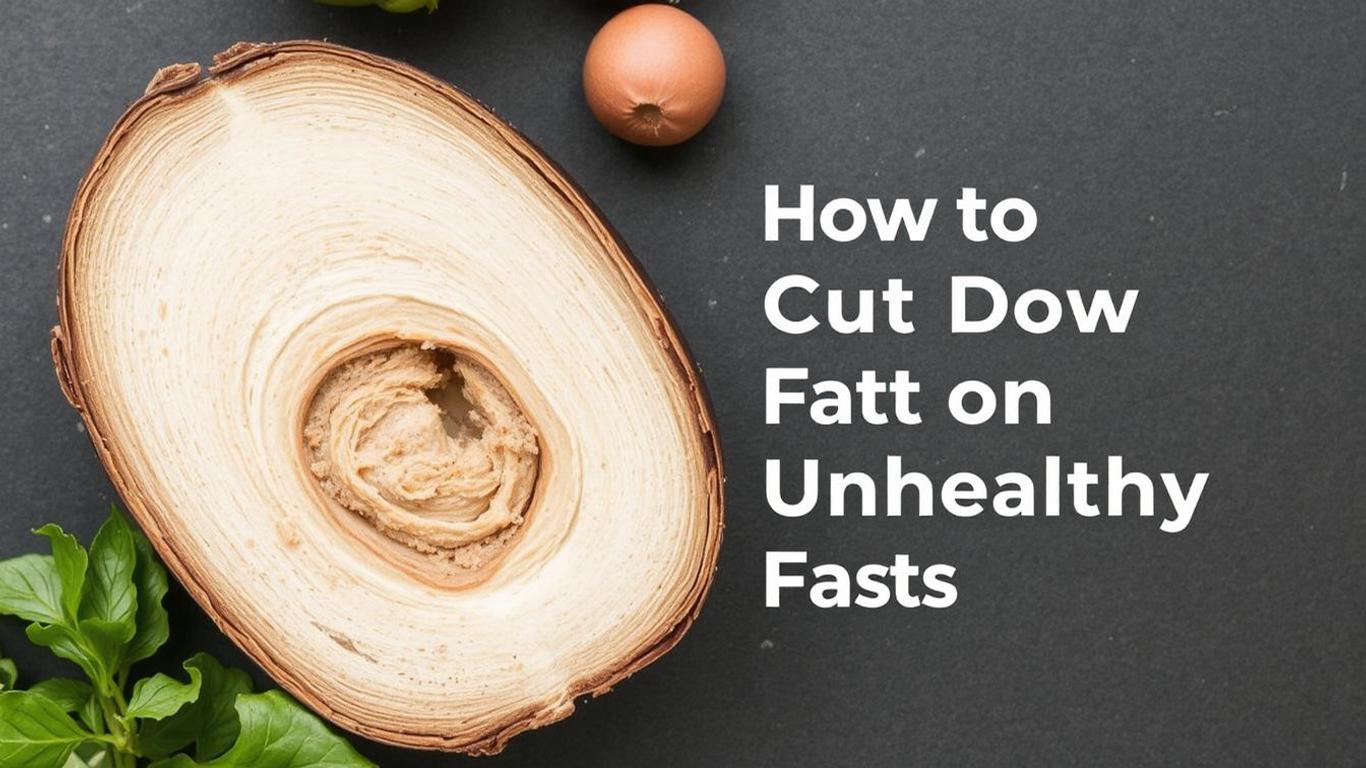Reducing unhealthy fats from your diet is a critical step toward achieving better heart health, maintaining a healthy weight, and preventing lifestyle diseases. For individuals managing a condition like diabetes, following a balanced sugar patient diet that limits saturated and trans fats is essential for controlling blood sugar and preventing cardiovascular complications.
Not all fats are harmful. In fact, your body needs fats for energy, hormone production, and nutrient absorption. The key is to choose the right types of fats while eliminating or reducing the harmful ones.
Understand the Different Types of Fat
There are four major types of dietary fats:
-
Saturated fats – Mostly found in animal products like butter, cheese, red meat, and also in tropical oils such as coconut and palm oil. High intake can raise LDL (bad) cholesterol.
-
Trans fats – These are artificially created during food processing (hydrogenation). Found in many processed snacks, baked goods, and fast food, they are the worst type of fat for your heart.
-
Monounsaturated fats – Found in olive oil, nuts, and avocados. These can help improve cholesterol levels and support heart health.
-
Polyunsaturated fats – Found in fish, walnuts, and flaxseeds. Omega-3 fatty acids are a type of polyunsaturated fat that supports brain and heart function.
Simple Tips to Cut Unhealthy Fats
1. Read Food Labels
Always check nutritional information on packaged foods. Look for “0 grams trans fat” and minimal saturated fat. Ingredients like “partially hydrogenated oils” indicate the presence of trans fats.
2. Cook at Home
Restaurant and fast foods are often high in unhealthy fats. Cooking at home allows you to control the amount and type of oil used. Opt for healthier oils like olive oil, mustard oil, or canola oil in small quantities.
3. Choose Lean Protein Sources
Replace fatty cuts of red meat with lean meats like chicken breast, turkey, or better yet, plant-based proteins like beans, lentils, and tofu. For example, Indian dishes using moong dal, chickpeas, or rajma provide protein without excess fat.
4. Avoid Deep-Fried Foods
Deep frying increases the fat content of food significantly. Choose alternatives like baking, steaming, grilling, or sautéing.
5. Switch to Low-Fat Dairy
Choose skim or low-fat milk and dairy products instead of full-fat versions. They provide essential nutrients without the saturated fat content.
Fats and Heart Health
Saturated and trans fats raise the level of cholesterol in your blood, especially LDL cholesterol, increasing your risk for heart disease and stroke. On the other hand, monounsaturated and polyunsaturated fats help reduce harmful cholesterol levels and are protective for the heart when used in moderation.
Unhealthy Fats and Diabetes
Unhealthy fats not only contribute to weight gain but also increase insulin resistance, a major problem for people with type 2 diabetes. A balanced sugar patient diet should therefore emphasize healthy fats, high fiber, lean protein, and low glycemic index carbohydrates.
Healthy Fat Swaps
-
Use nut butters instead of butter on toast.
-
Add avocado to sandwiches instead of cheese.
-
Snack on roasted seeds and nuts instead of chips.
-
Choose homemade vegetable curry with minimal oil instead of creamy or deep-fried dishes.
Conclusion
Cutting down on unhealthy fats doesn’t mean giving up all the flavor in your meals—it means making smarter, more health-conscious choices. Focus on replacing saturated and trans fats with healthier options like olive oil, nuts, and fatty fish. Whether you’re aiming for weight loss, managing your heart health, or following a sugar patient diet, these small changes can lead to lasting health improvements.



